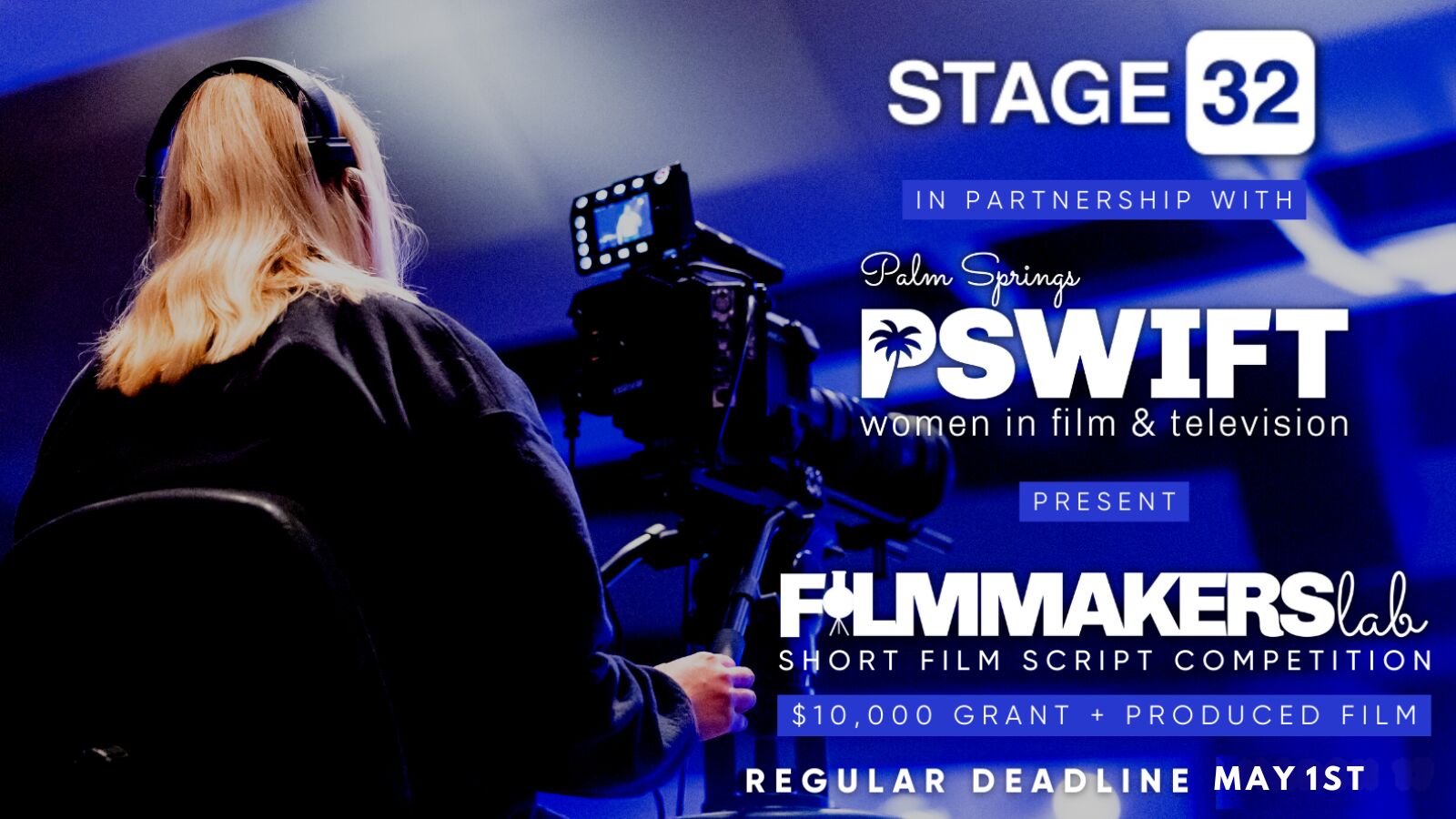Anyone shot with a stedi-cam lately?
Also who has used a mini-crane lately?
Would love to hear some experiences both pro and con. Looking at some shots now and trying to decide. I will be in an open house likely using a lot of natural light. I am not thinking stedi-cam to "save" lots of time. First and foremost I want some interesting movement of the camera.
However, think of those shots, especially in shows like L&O or others where 2 or 3 people are talking and they have the stedi-cam going between them, rather than a bunch of coverage. Are those shots harder to set up or easier?



1 person likes this
Worked with Steadicams for a long time. Another professional tool to use and draw upon to achieve our artistic goals . They allow us to move the camera changing the viewpoint and the center of attention of a shot as we go. An important tool in visual story-telling. Thinking of them as a time-saving approach is sure to end up negatively. The idea is to smoothly move so as to not draw attention to the camera movement but to enhance the story.
Anytime you move the camera during a shot, you complicate the lighting. Keeping the actors looking their best, as appropriate for the particular project, While moving the camera position on the set and rotating the direction the camera is pointed can be tricky. The greater the move in all axes the more everything is complicated. Think; lights, power, sound, set dressing, extras, etc. There are lots of different solutions, but none are used often enough to become anything close to a rule of thumb. Perhaps the closest is moving the key lights along with the camera but even that is so limited artistically that it cannot be a generalization. The big problem with light is either seeing the lights and stands, the light on actors being less than flattering, or shadows from the camera, sounds, crew members, moving across some part of the image.
With natural light, co-coordinating the positioning of people and the angles and movement of camera becomes more important in that the light is largely from a fixed place and is difficult to adapt and change during a shot. This might impose some limits on where the camera and go in relation to the actors. Rehearsals are really important to work out the kinks so that everyone knows where everyone will be, and there is nothing on the floor on on walls, or that might be walked into during the shot. Yes this might mean moving and then resetting props to be seen but then clear a pathways, only toothed be seen as the camera comes round to see where it has come from. This is all doable, but has to be planned, executed and watched carefully. Needless to say, good quality video transmitters and FIZ units make this easier.
Shots where there are few if any cuts with choreographed moves of people and and camera moving attention from performer to performer are fun to do. Moving people into an out of close-ups and mediums while changing the background with different camera angles and other actors entering and exiting make for wonderful film-making and lots of complications, There are many pictures that used continuous long shots, Russian Ark being one with only one shot for the whole movie. Quite astounding. I’ve shot a couple of episodes of an anthology series in what the director called by the French term, “plan-séquence” where each scene was only one shot. Was exciting to do. Everyone involved got into the idea of what we were trying. One of the shows went really well until the last scene we were to shoot. With 14 people moving in, around and out of 2 rooms we were moving through, the 4 minute long scene become a siege. Everything that could happen did happen. It took 26 takes to get the lines, moves of people and camera correct at the same time. Lots of cheers and sighs of relief when “wrap” was called on that one.
I think this is a worthwhile technique to try. Think of how a scene will be cut together and see if you can move the camera into appropriate positions to tell the story. The technique adds a feel to the picture that is quite unique and engaging. However, much of that enhanced feel is for those of us making the picture and not necessarily the general audience. They might not notice or even appreciate what was done, but we let others watch or movies but we make them for ourselves.
I’ve not spoken of mini-jibs as I rarely have used them and have honestly never been happy with the results nor the methodology of using them. I know other DP’s that use short jib arms a lot, but these are real equipment meant to take heavy camera and move smoothly and be stable when stopped. Both the movement and stability I found awkward and difficult with lightweight mini-jibs. I found them to be cheap and they act it.
BTW, handheld is not an alternative to steadicam.
Sounds like Andrew knows what he's talking about. Pay attention to what he says. I've tried using lightweight jibs and cranes on exterior shots but the results were not good. I expect that a mini-jib could work on an interior shot but it'll take a lot of patience.
Hi, I use Zhiyun Crane 3 for some of my movies and also for sport video. It requires a lot of practice to master it. You must have a very good autofocus on you camera and track one actor only if you do not want this experience to turn into nightmare. Also I noticed that my shots with the steadycam are very difficult to edit along with fix shots in the same sequence. You should avoid to alternate the technics within the same sequence. Hope this help.